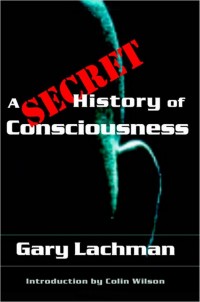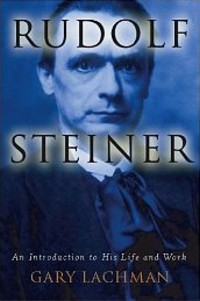A Secret History of Consciousness
By Gary Lachman (Author), Colin Wilson (Foreword)
Published by Lindisfarne Books (May 1, 2003) Buy this Book!
This book is essential reading for anyone who seeks to understand human consciousness. It is astounding to think that we explore the depths of the ocean and the outer reaches of space without putting a similar effort into exploring the true nature of the human mind. Perhaps I am expecting too much of those who have the resources for such exploration.
Machines may assist in identifying left and right brain, the activity of neurons and so forth, but they will never enlighten our understanding of perception, cognition and other facets of consciousness. Gary Lachman clearly explains how consciousness itself can unravel its mystery. He traces the ideas of many great minds and pulls them together in a way that makes it clear that human consciousness evolves and in particular, self-consciousness. Here lies the key; have we developed our own self-consciousness or do we still rely on group consciousness. Perhaps this idea holds a clue for our scientists.
Who better than Gary Lachman, the Science Writer, to scope human consciousness in the way he has in this book? The evolution of self-consciousness is in our face every day. How many young people die as they challenge themselves in extreme sports? How many people create unnecessary difficulties for themselves and what about the bizarre practice of self-harm.
Lachman makes this point when he writes: “[Colin] Wilson recognised that the attraction of inconvenience and living dangerously is not in the actual problems or challenges they present, but in the focus and concentration we bring to bear on meeting them. Heidegger and Gurdjieff hit the nail on the head when they said that the thought of one’s death can lead to an experience of “being” – the thought, not the actual confrontation.”
I will be referring back to this book often as I seek to understand the development of my own consciousness as well as the challenges that we face as a human race living in today’s world. – Review by Kristina Kaine
//

